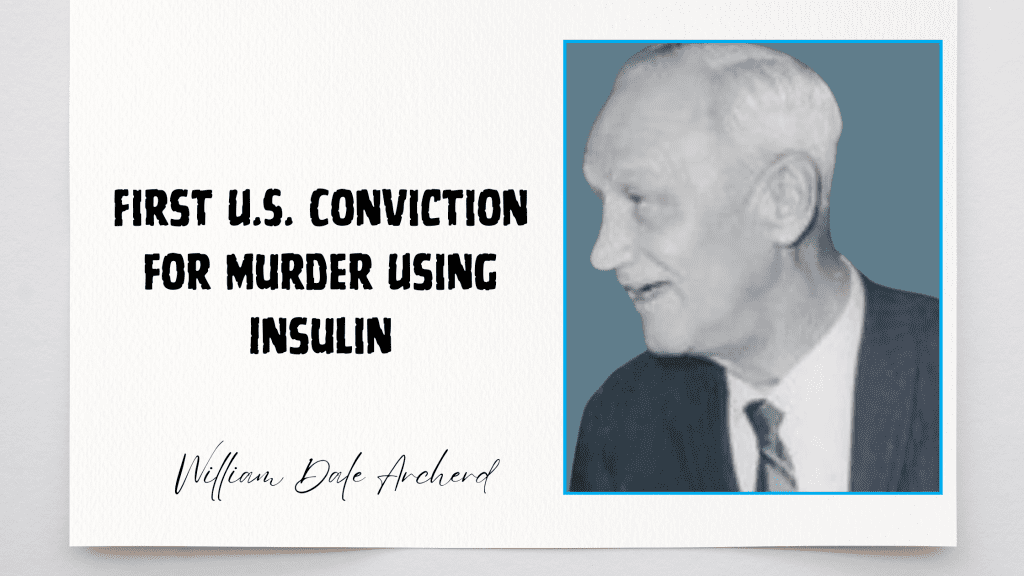Daniel Blank shocked Louisiana during the 1990s with a series of brutal murders. He primarily targeted elderly victims, creating fear and unease in small communities. This article examines his life, his crimes, and the justice that followed.
Early Life of Daniel Blank
Daniel Blank grew up in Louisiana, where he lived in a small, quiet community. Although his childhood seemed uneventful, Blank’s adulthood revealed a darker side. Struggles with financial instability and personal frustrations fueled his violent behavior, which ultimately led to a string of murders.
His background did not hint at the heinous acts he would later commit, but his mounting struggles seemed to push him toward his criminal path.
A Series of Brutal Murders
Between 1996 and 1997, Daniel Blank murdered at least six people in Louisiana. His victims were mostly elderly and lived in affluent neighborhoods. These carefully chosen targets highlighted his calculated nature.
Blank’s Modus Operandi
Daniel Blank often attacked his victims in their homes, using blunt objects like baseball bats to carry out the killings. He combined robbery with violence, showcasing both greed and uncontrollable anger.
Each crime scene reflected his brutal methods. Despite his attempts to avoid detection, his carelessness left clues that investigators would eventually use to capture him.
The Investigation and Capture
The investigation into Blank’s crimes presented significant challenges. However, law enforcement officers remained persistent and eventually uncovered a key piece of evidence.
Read more: Guy Georges: The Beast of the Bastille
A Breakthrough in the Case
Detectives traced a stolen check back to Daniel Blank, which linked him to one of his victims. This critical lead provided the momentum needed to bring him to justice.
The Arrest
Police arrested Daniel Blank in 1997 after piecing together evidence from multiple crime scenes. During questioning, he confessed to the murders and shared disturbing details about his motives and methods.
The Trial and Sentencing
The trial of Daniel Blank left no doubt about his guilt. Prosecutors emphasized his calculated actions and his deliberate targeting of vulnerable individuals.
In 1998, a jury convicted Blank of multiple murders and sentenced him to death. This outcome not only brought some closure to the victims’ families but also sparked discussions about capital punishment and the need for justice in such cases.
Impact on the Community
Daniel Blank’s crimes deeply affected the communities he terrorized. Families mourned their loved ones, and residents grappled with fear and uncertainty.
Lessons for the Future
The case underscored the importance of protecting vulnerable populations and maintaining strong community ties. Moreover, it highlighted the role of law enforcement in preventing and solving such crimes through persistent investigation and collaboration.
Conclusion
Daniel Blank’s story remains a chilling reminder of how ordinary appearances can hide sinister intentions. His crimes shocked Louisiana, but they also prompted improvements in investigative techniques and community awareness. By learning from such cases, society can work toward preventing similar tragedies.





Pingback: Glen Rogers: The Casanova Killer - Serial Killers Perspectives